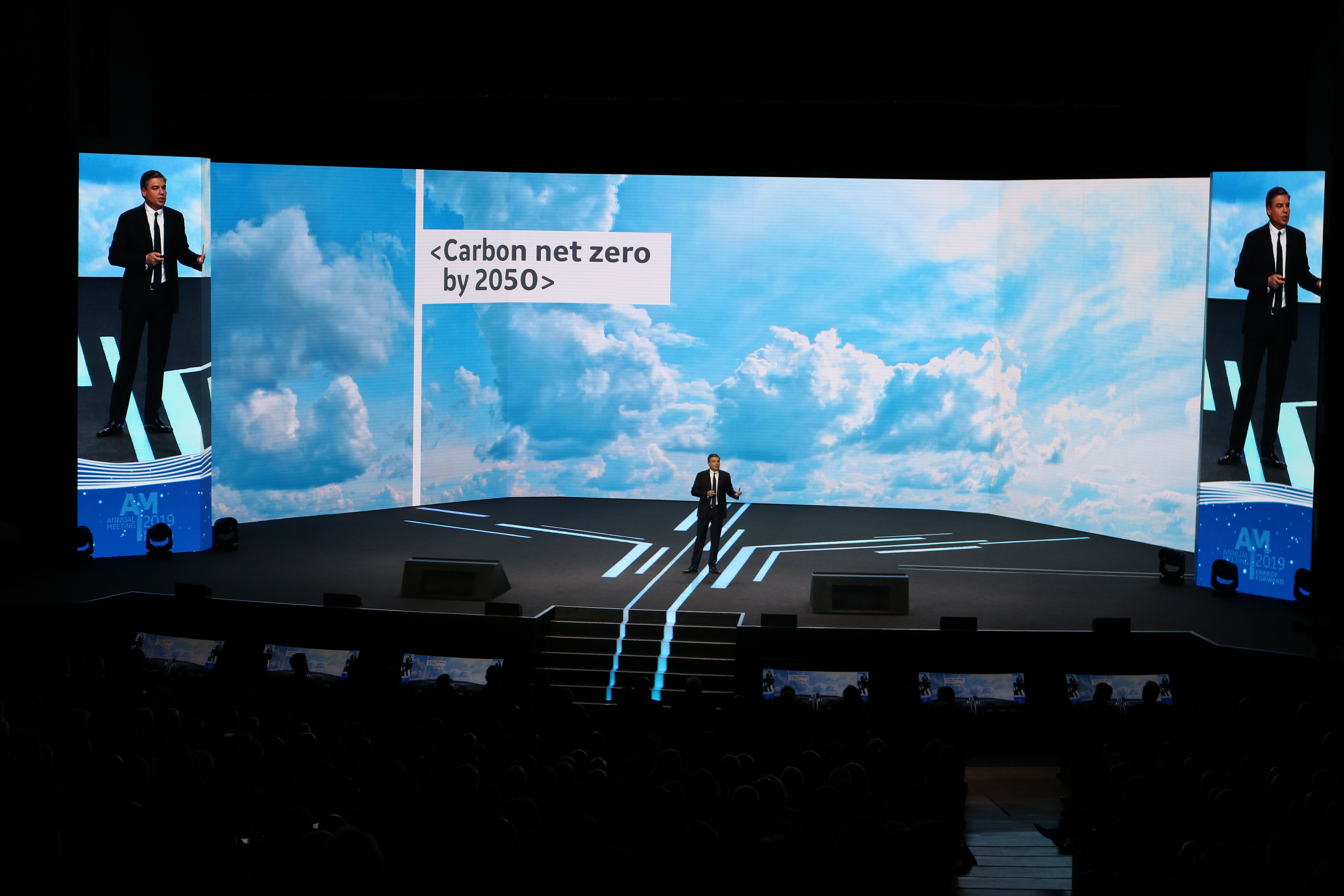Norwegian carbon capture hub
Baker Hughes and Borg CO2 of Norway are to collaborate on a carbon capture and storage project

Baker Hughes and Borg CO2 of Norway are to collaborate on a carbon capture and storage project to serve as a hub for the decarbonization of industrial sites in the Viken region of Norway. The project aims to capture and store up to 90% of the CO2 emissions from industrial sites.
The Borg CO2 project includes several industry partners, as well as the Port of Borg, and aims to capture and store emissions from industrial facilities located in the cities of Fredrikstad, Sarpborg and Halden. The combined industrial cluster is currently responsible for approximately 700,000 tonnes of CO2 emissions annually. After being captured, the CO2 will be liquified, shipped and eventually stored underneath the seabed of the North Sea. Northern Lights will provide shipping and storage of CO2 .
Borg CO2 and its partners have completed a feasibility study and are proceeding with an extended feasibility study (pre-FEED) to be completed by the end of 2021 which Baker Hughes will support with its portfolio of carbon capture technologies and engineering services for the study and development of the hub. In addition, Baker Hughes and Borg CO2 will jointly evaluate the optimal structure for implementation of the carbon capture plants and pursue grant and incentive opportunities both in Norway and at the EU level.
This provides an opportunity for Baker Hughes to test and scale its carbon capture, utilization and storage (CCUS) technologies portfolio on several types of processes including its Chilled Ammonia Process (CAP) and Compact Carbon Capture (CCC) solutions.
“Meaningful decarbonization is not possible without carbon capture, utilization and storage, and this collaboration demonstrates how CCUS technology is accelerating from concept toward commercialization with real-world impact,” said Rod Christie, executive vice president of Turbomachinery & Process Solutions at Baker Hughes.
The Baker Hughes CCUS portfolio features turbomachinery, solvent-based state-of-the-art capture processes, well construction and management for CO2 storage, and advanced digital monitoring solutions.